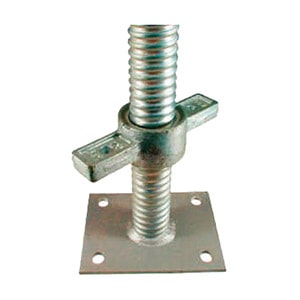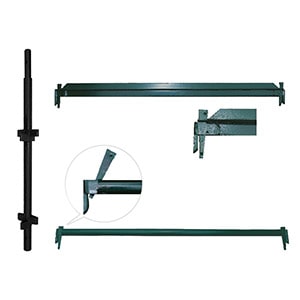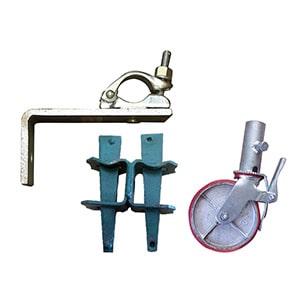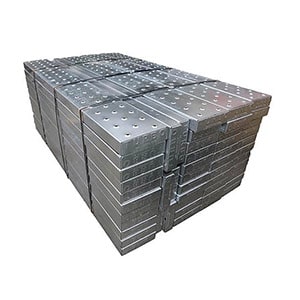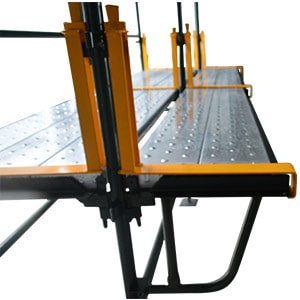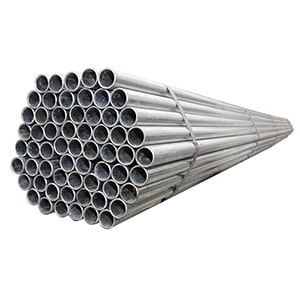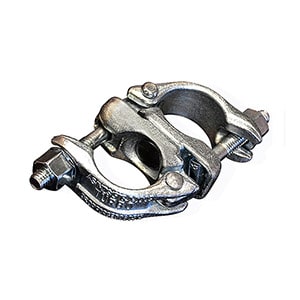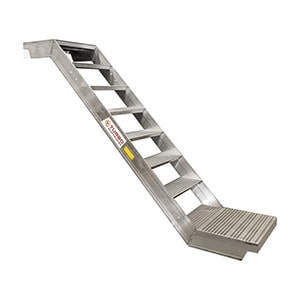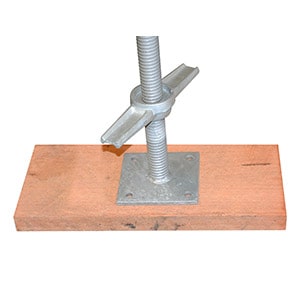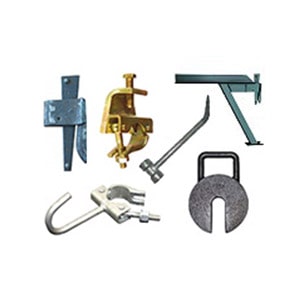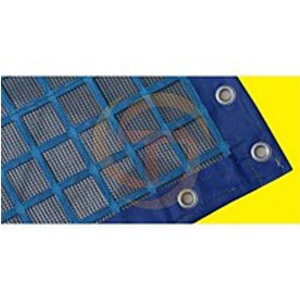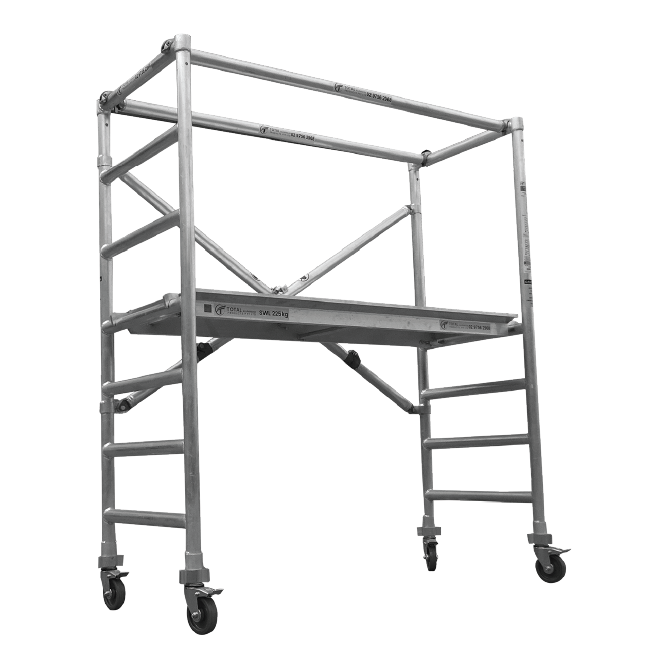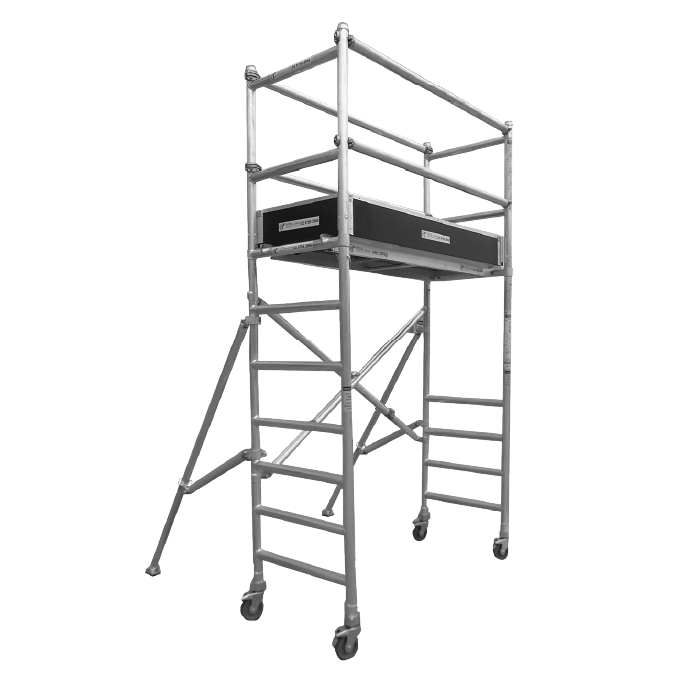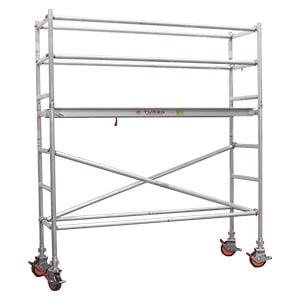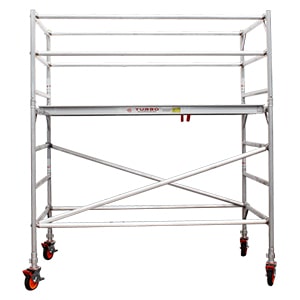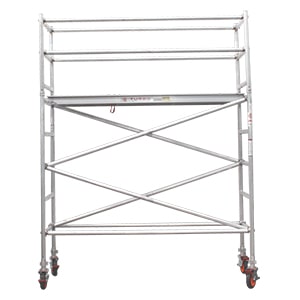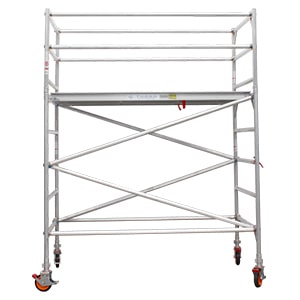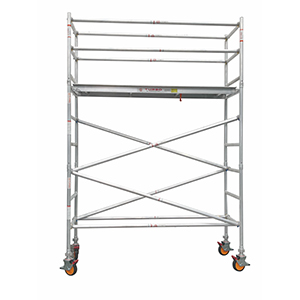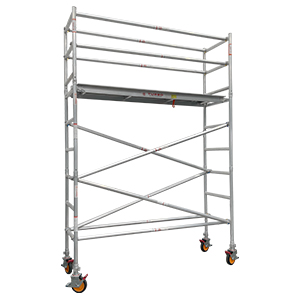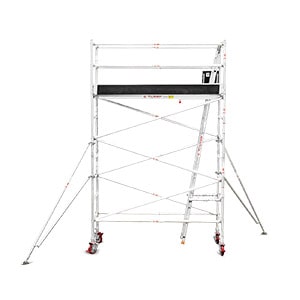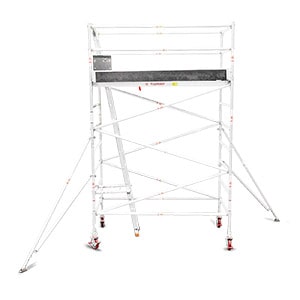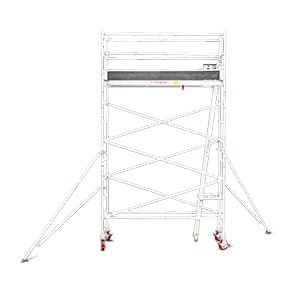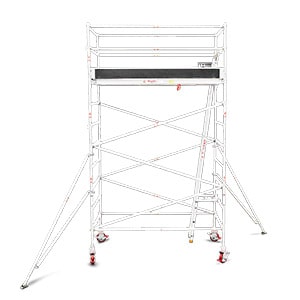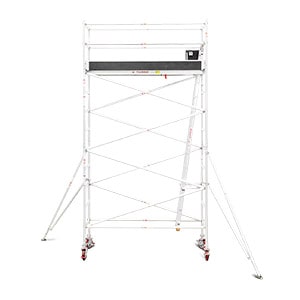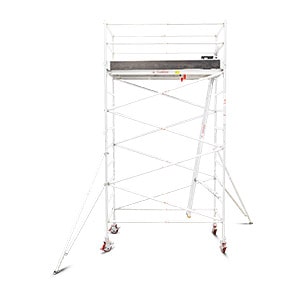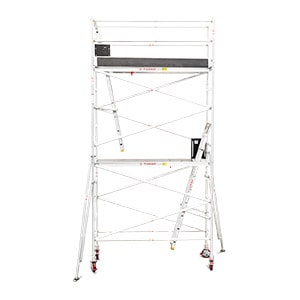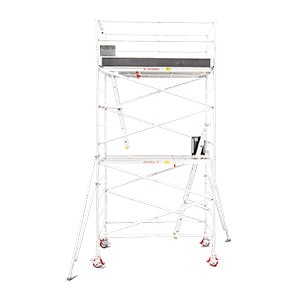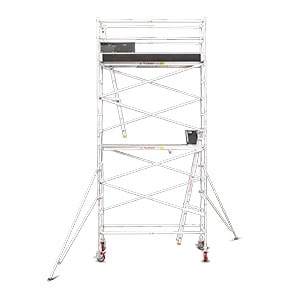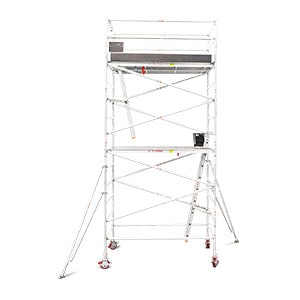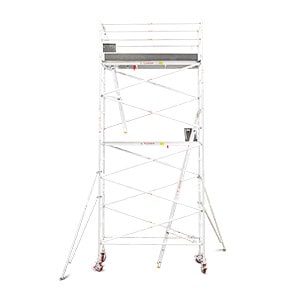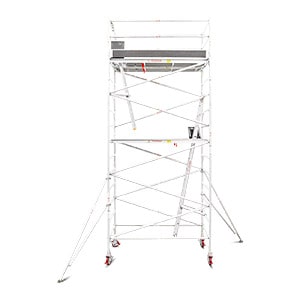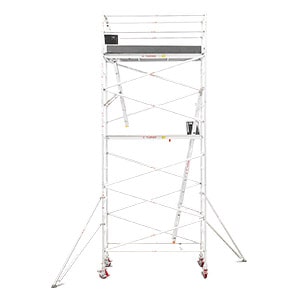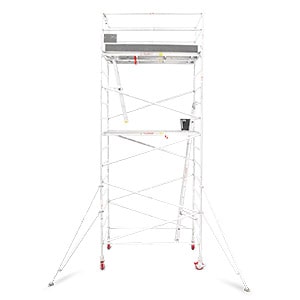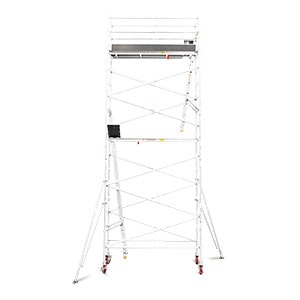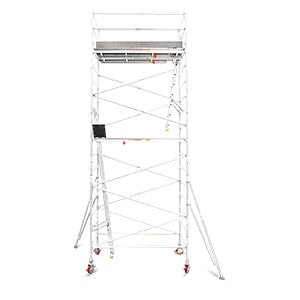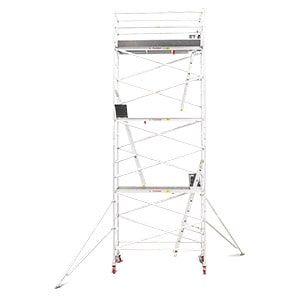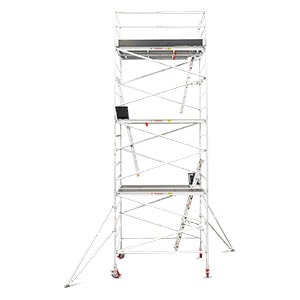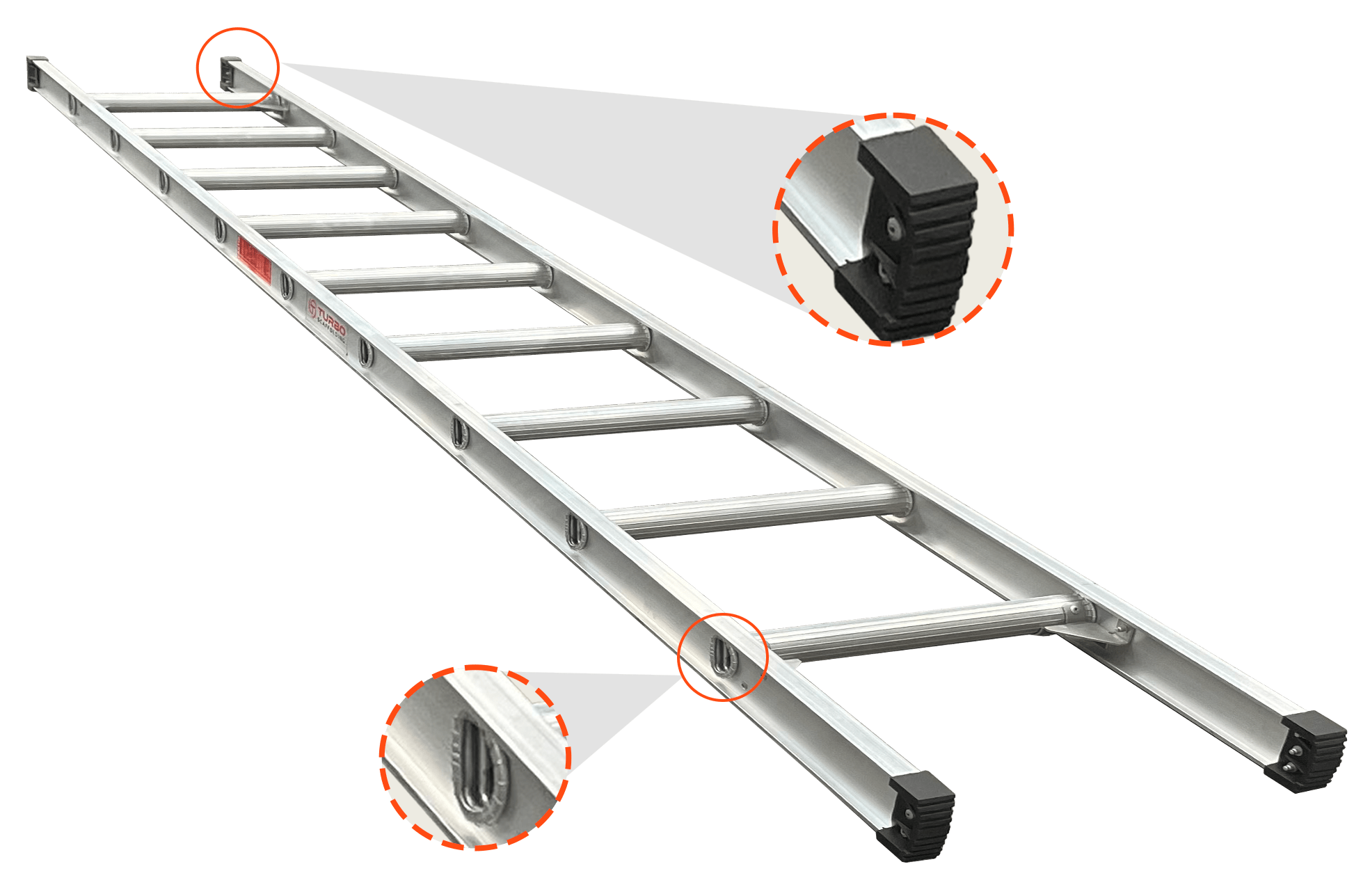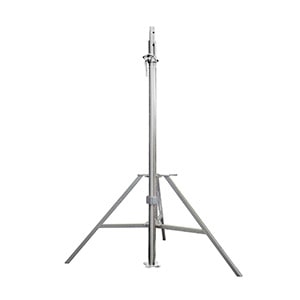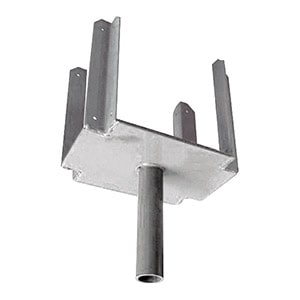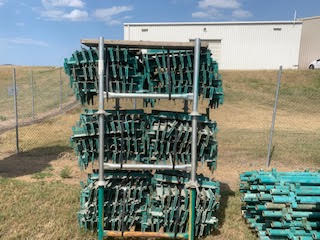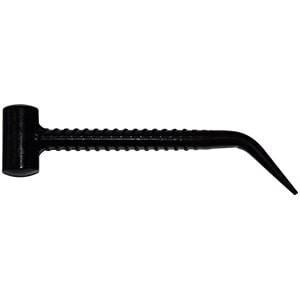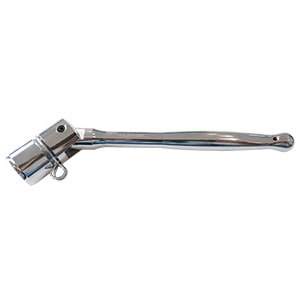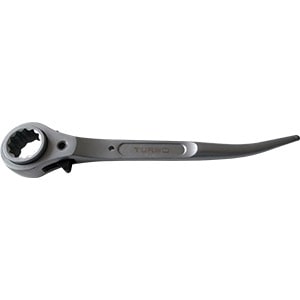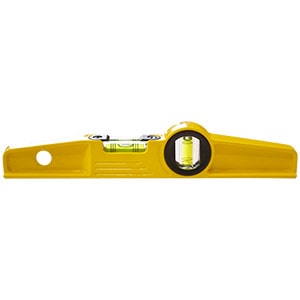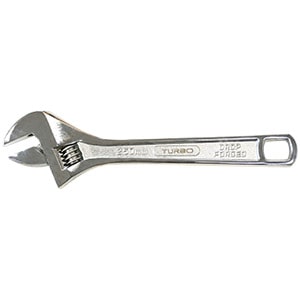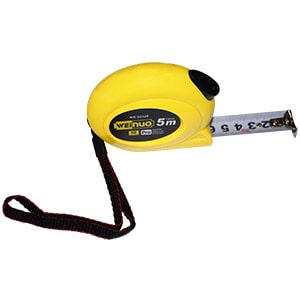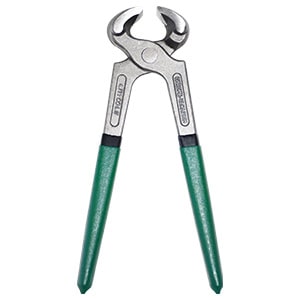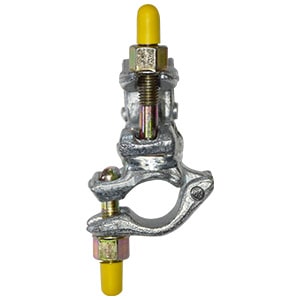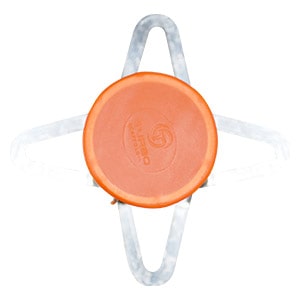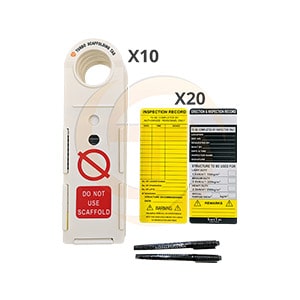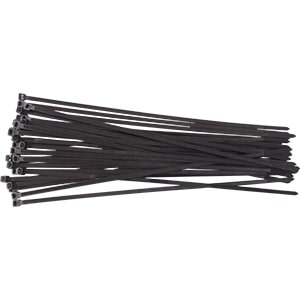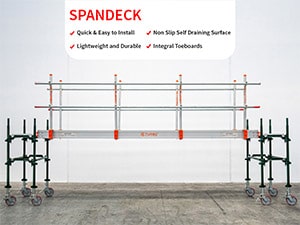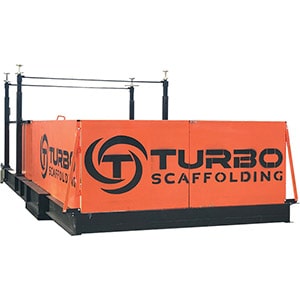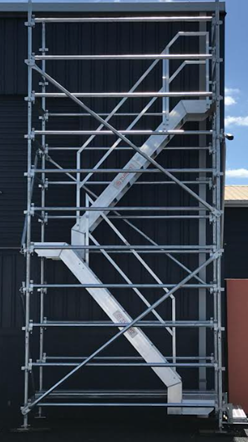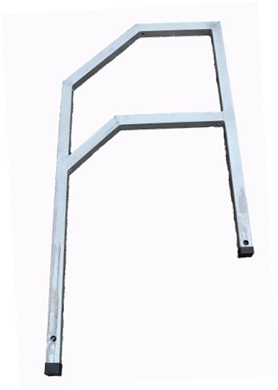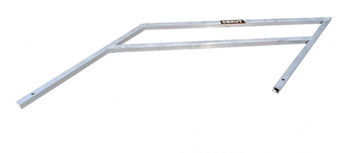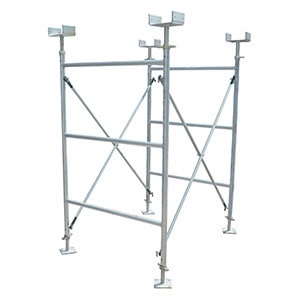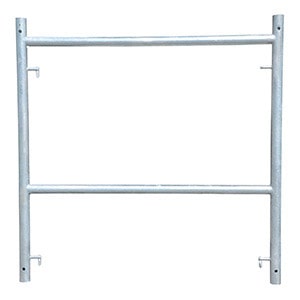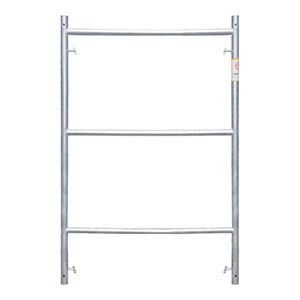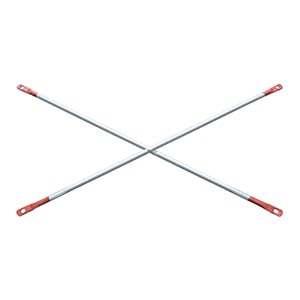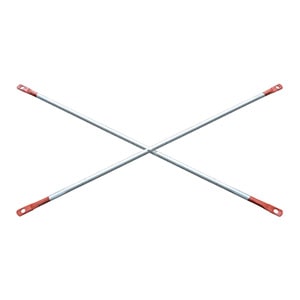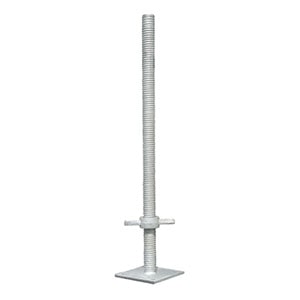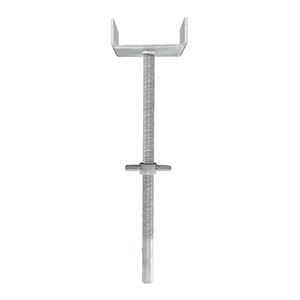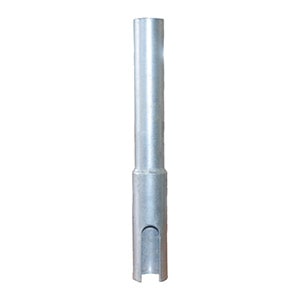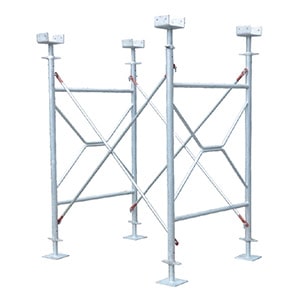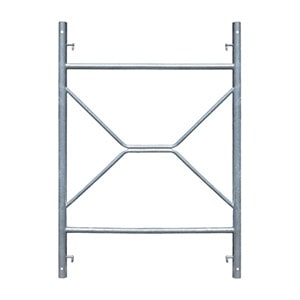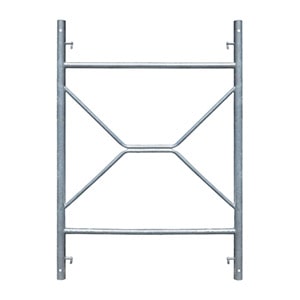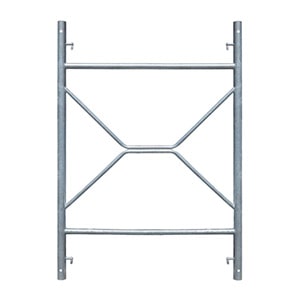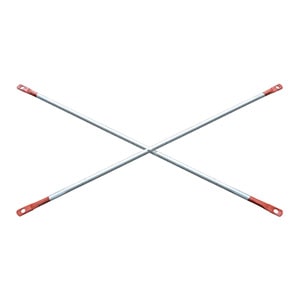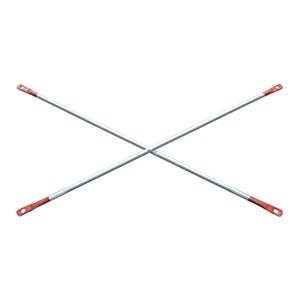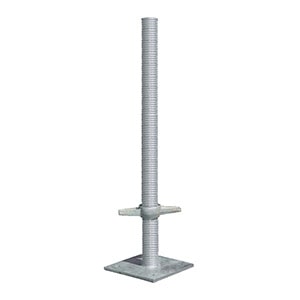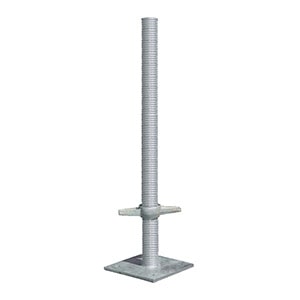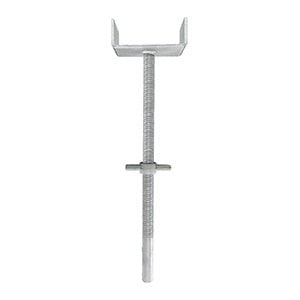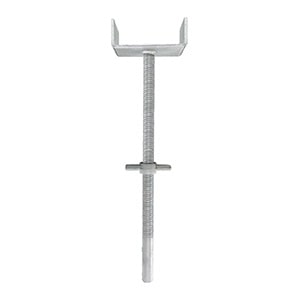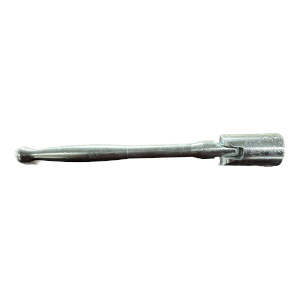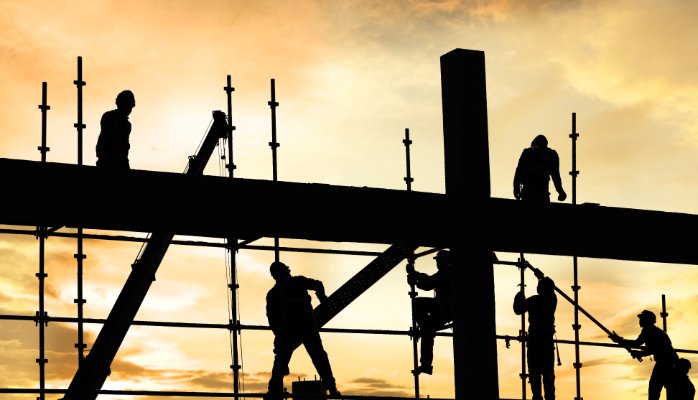Scaffolding can be a dangerous work platform if not erected correctly and securely by a competent person. Working at height already carries many risks and an unsafe work platform is one risk that can be mitigated quite easily with the right procedures in place. When you’re working on-site in a public place there are more people to consider than just your immediate workers, as you’ll have the general public walking underneath your structure as well. This means that measures must be put in place for workers and passers by to ensure that no-one falls, nothing is dropped and no injury occurs involving your structure.
All scaffold should be inspected before use and a qualified competent scaffolder should be signing off that the scaffold is safe to use before any access is granted. Any scaffolding structure that a person could fall from that is more than 4 metres from the ground must be erected by a ticketed Scaffolder and needs to be inspected by a qualified scaffolder as well to ensure the safety of anyone that comes in contact with the structure.
As scaffold towers will differ in their design and their purpose they should be erected by a qualified Scaffolder that holds the level of certification required for that particular build. These towers range from basic single level construction to canter-lever and stairs access. Keeping this in mind all scaffold should be signed off by a person with the relevant skill set and certification for the level of complexity.
Related post: The Importance of Scaffolding Inspection
All construction companies that deal with scaffold need to formulate their own processes and procedures to ensure that inspections take place before any workers use the scaffold. This can be done with the use of scaff tags whereby the qualified person signs off that the structure has been built and certified by a qualified and ticketed scaffolder, hence taking responsibility for any failures. They should also ensure all scaffold is inspected at the following intervals:
- When first erected
- Every 30 days until it is dismantled
- After every weather incident that could be detrimental to the structure, ie: strong winds or heavy rain.
- After all repairs
- After any alterations
Extenuating circumstances
There are definitely circumstances such as shifting ground surfaces such as sand of loose dirt and also commercial projects that may need to be engineered and therefore inspected by an external engineer.
The bottom line is if you’re erecting scaffolding in Sydney, or you are part of a scaffolding company in Brisbane or any other major city you will need to comply with scaffold inspections as part of your day to day business. Scaffold collapse is rare, but if it does happen there is a high chance for serious injury or a fatality so take precautions and stay safe on the worksite.

